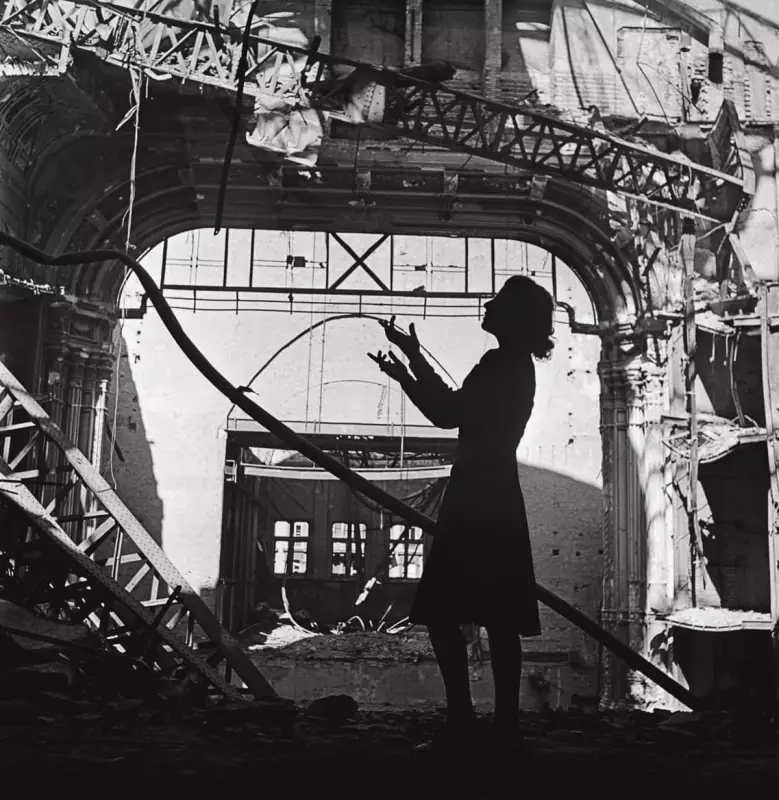
For decades, Lee Miller has been trapped in the shadow of her modelling past, but Tate Britain's powerful new exhibition finally shatters that limited perception. Opening this month, this comprehensive retrospective reveals the extraordinary depth of an artist who transformed from muse to master photographer.
From Vogue Model to War Correspondent
The exhibition charts Miller's remarkable journey from fashion icon to frontline photographer during World War II. While many remember her as the beautiful face that graced 1920s Vogue covers, this show demonstrates how she used her camera to capture some of the war's most harrowing and historic moments.
Visitors will encounter her chilling images of concentration camps liberated by Allied forces, alongside intimate portraits of Picasso and other surrealist luminaries. The curation brilliantly juxtaposes her fashion work with her war photography, creating a compelling narrative about the complexity of her vision.
A Surrealist Eye in a World Gone Mad
What makes this exhibition particularly compelling is how it highlights Miller's surrealist training throughout her entire body of work. Even in the midst of battlefield chaos, her compositions maintain that distinctive surrealist sensibility she developed while working with Man Ray in Paris.
The show features over 150 works, including many rarely seen prints from family archives. Organisers have thoughtfully arranged the pieces to show how Miller's unique perspective informed everything from her fashion shoots to her documentation of London during the Blitz.
Why This Exhibition Matters Now
While some might argue this recognition is long overdue, the timing feels particularly relevant. In an era where women's contributions continue to be reassessed, Miller's story serves as a powerful reminder of the female artists history nearly forgot.
The exhibition doesn't shy away from the personal toll of Miller's war experiences, showing how the trauma she witnessed ultimately led her to abandon professional photography. This honest portrayal adds profound emotional depth to the viewing experience.
Running until January 2026, this is more than just an art exhibition—it's a reclamation of an artistic legacy that deserves to be celebrated and remembered for generations to come.





